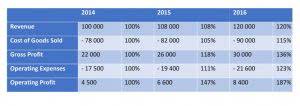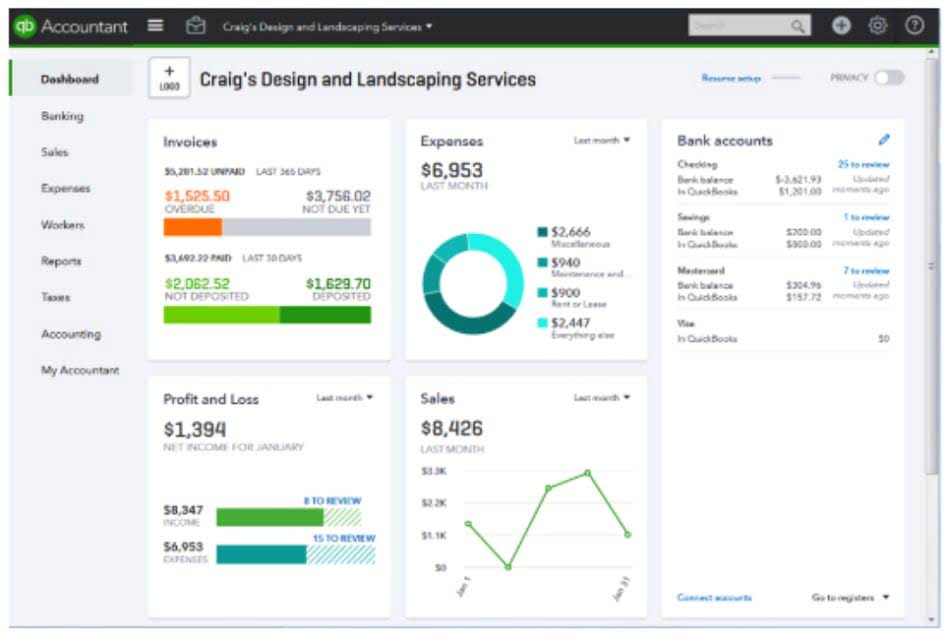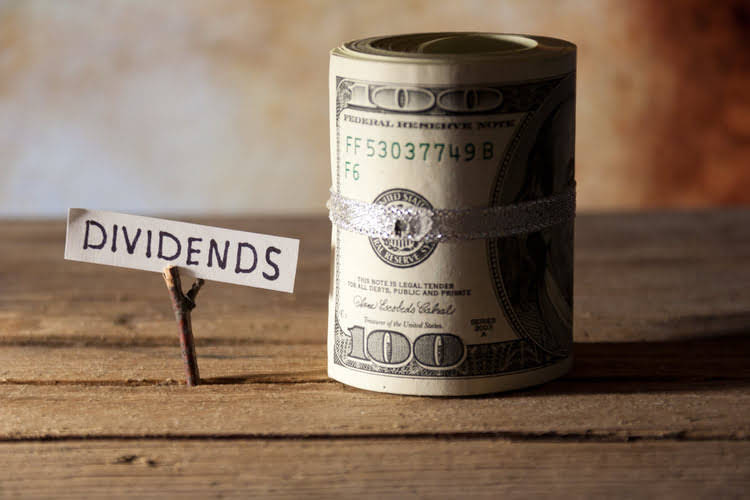Unit of Production Method: Depreciation Formula and Practical Examples

The diagram below sets out an analysis of the units of production depreciation method. The straight-line method of depreciation is often the easiest way to value a depreciating asset such as a piece of equipment in an office or factory. It simply assumes that the asset’s useful life is measured in years, and that it steadily loses value over the course of its life until its value is some final, residual value. Often that is its salvage value, meaning what it can be sold for after its owners no longer have a use for it. The residual value of the asset is the estimated value of the asset at the end of its useful life. The residual value is subtracted from the asset’s cost to determine the total depreciation expense.
Financial Accounting

A toy manufacturing company in Jacksonville, Florida, purchases a machine for $300,000. The straight-line method is the simplest and most commonly used method of depreciation. It allocates an equal amount of depreciation expense each year over the asset’s useful life. This section highlights some examples where the unit of production is used for calculating depreciation expense. From an accounting perspective, the UOP double declining balance depreciation method method ensures that the expense recognition principle is closely adhered to, matching expenses with revenues in the period in which they are incurred. This method is also favored for its ability to provide a more accurate picture of an asset’s consumption and remaining value, which can be insightful for internal decision-making and budgeting.
Example 1: Sewing Machine
Thus, a business may charge more depreciation in periods when there is units of production depreciation more asset usage, and less depreciation in periods when there is less usage. It is the most accurate method for charging depreciation, since this method is linked to the actual wear and tear on assets. However, it also requires that someone track asset usage, which means that its use is generally limited to more expensive assets. Also, you need to be able to estimate total usage over the life of the asset in order to derive the amount of depreciation to recognize in each accounting period. The modified accelerated cost recovery system (MACRS) is a standard way to depreciate assets for tax purposes.
- This means that the expenses are matched to the revenue in a more accurate way, which can help provide a clearer picture of the company’s financial performance.
- Even when an asset depreciates only with use, it is often not easy to estimate how many units can be manufactured with a particular piece of machinery before it will have to be salvaged.
- The Double Declining Balance Method may be more suitable for assets that experience more significant depreciation in the early years of their useful life.
- However, a real estate company that owns a building may not be able to use this method because the building’s value does not depend on its usage.
How Matt Passed the CPA Exams in 5 Months with No Accounting Experience
However, it may be more complex to calculate and may result in fluctuating depreciation expenses. The Unit of Production Method is a practical and flexible way of calculating depreciation expenses for businesses that use their assets based on the number of units they produce. It provides a more accurate representation of the https://www.bookstime.com/ asset’s usage and can result in lower depreciation expenses. However, it requires a more detailed record of the asset’s usage and production output, and estimating the total units of production accurately can be challenging. Companies should carefully consider their specific needs and circumstances when choosing a method of calculating depreciation expenses.
Learn Accounting for Small Business: Accounting Made Simple

It affects the depreciation expense and the carrying value of the asset, the net income and the operating expenses of the company, and the tax liability of the company. Companies should carefully consider these implications when deciding whether to use the units of production depreciation method or another method of depreciation. Using the units of production depreciation method can also reduce a business’s tax liability. This is because the depreciation expense is calculated based on the actual usage of the asset, which may be less than the straight-line depreciation method.
Disadvantages of the Unit of Production Method

The Unit of Production Method is just one of several depreciation methods available to businesses. Other methods include straight-line depreciation, declining balance depreciation, and sum-of-the-years-digits depreciation. Each method has its advantages and disadvantages, and the best method for a particular business will depend on several factors, including the type of asset, its useful life, and the business’s accounting policies. Depreciation is a crucial aspect of accounting that records the decrease in the value of an asset over time. There are various methods of depreciation available, and each method has its own advantages and drawbacks. In this section, we will examine the comparison of the unit of production method with other depreciation methods.

Unit of Production Method: Depreciation Formula and Practical Examples
- A business can deduct the depreciated cost of an asset from its taxable income, which reduces tax liability.
- I propose that you track depreciation expenditure on a monthly basis, just as you would your profit and loss statement and balance sheet report.
- This depreciation method can help companies take larger depreciation deductions in years when a given piece of equipment is more productive.
- The information provided on this blog is for general informational purposes only, and should not be construed as business, legal, tax, accounting or financial advice.
- At this stage, knowing about Section 179 may prove beneficial as it empowers businesses to minus the full cost of the asset up to a million dollars in the year it was purchased.
- He has worked as an accountant and consultant for more than 25 years and has built financial models for all types of industries.
Straight-line depreciation is the most commonly used method because it is simple and provides a consistent depreciation expense. Units of production depreciation is useful for assets that are used for production and can be more accurate in reflecting the actual usage of the asset. Accelerated depreciation can provide tax benefits in the short term but can result in higher taxes in the long term.

